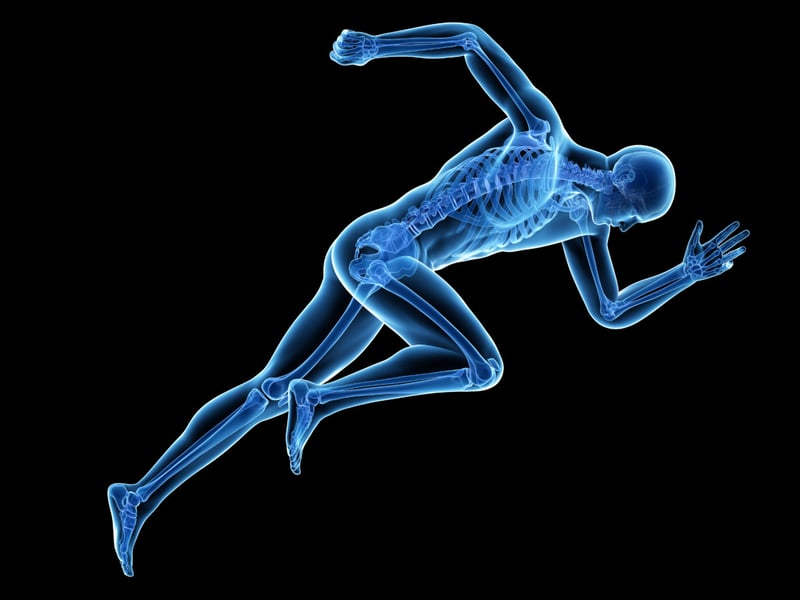
Pontillo M & Sennett B. Reduction Of Injury And Related Costs After Implementation Of An Injury Prevention System In Division I Athletes. Med Sci Sports Exerc 2020 July; 52(7S):978. DOI: 10.1249/01.mss.0000686212.10041.e0
Presented at the American College of Sports Medicine Annual Meeting (ACSM) 2020 and the Orthopaedic Summit Evolving Techniques (OSET) conference 2020.
⇩ Total Billed Claims in User (U) vs. Non-User (NU) groups
⇩ Surgery Costs in U vs. NU groups
⇩ Office Costs in U vs. NU groups
⇩ Number of Surgeries in U vs. NU groups
⇩ Number of Office Visits in U vs. NU groups
⇩ Number of Imaging Procedures in U vs. NU groups
“This is the first study to demonstrate the ability to significantly reduce injury-related health care costs in NCAA Division I athletics via a comprehensive injury surveillance and prevention program utilizing force-plate technology.”
Population: 5 years of data from Division I varsity athletes.
The questions covered:
Is there a change in health care costs at a Division I university from sports injuries after the implementation of an injury prevention system?
Is there a greater financial impact on teams that do not use the system versus those teams that do?
PURPOSE: At the collegiate level, the estimated cost per year from sports injuries has been reported to be in the billions in the United States. Injury prevention programs are often assessed by injury reduction; there is little evidence on the associated reduction in health care cost. The purpose of this study is to investigate the change in health care costs at a Division I university from sports injuries after the implementation of an injury prevention system.
METHODS: Data was obtained from 3 academics years prior and 2 years after the implementation of an injury surveillance and prevention system (Sparta Science). This system assesses kinematic variables gathered from vertical jumps; this information is used to flag athletes who are at higher risk of sustaining an injury, which guides intervention. Teams were designated as “users” (U) versus “non-users” (NU) based on their utilization of the surveillance system. Total number of injuries, total cost of injuries, and volume and cost by discipline (surgery, physician office visits, imaging, and physical therapy (PT)) was compared for the U versus the NU groups.
RESULTS: Total injuries decreased from 179 to 177 for the U group, and total charges decreased by 19%; the NU group had a 12% increase in injuries and 8% increase in total charges. The U group demonstrated a 29% reduction in the number of surgeries and a 45% decrease in surgery charges; the NU group had a 3% reduction in surgeries, but a 33% increase in surgery charges. The U group had a 23% reduction in office visits and an associated 48% reduction in charges; the NU group showed a 14% increase in visits, but no change in charges. The U group had a 7% reduction in the quantity of imaging ordered, and a 1% reduction in imaging costs; the NU group had no change in the quantity of imaging, but an 83% increase in imaging charges. There was a 6% increase in PT courses of care and 13% increase in PT charges for the U group, versus a 33% and 35% increase in courses of care and charges, respectively, for the NU group.
CONCLUSION: A reduction was seen in total billed claims, surgery costs, and office costs in the U group. This group also demonstrated a decrease in the number of surgeries, number of office visits, number of imaging procedures.